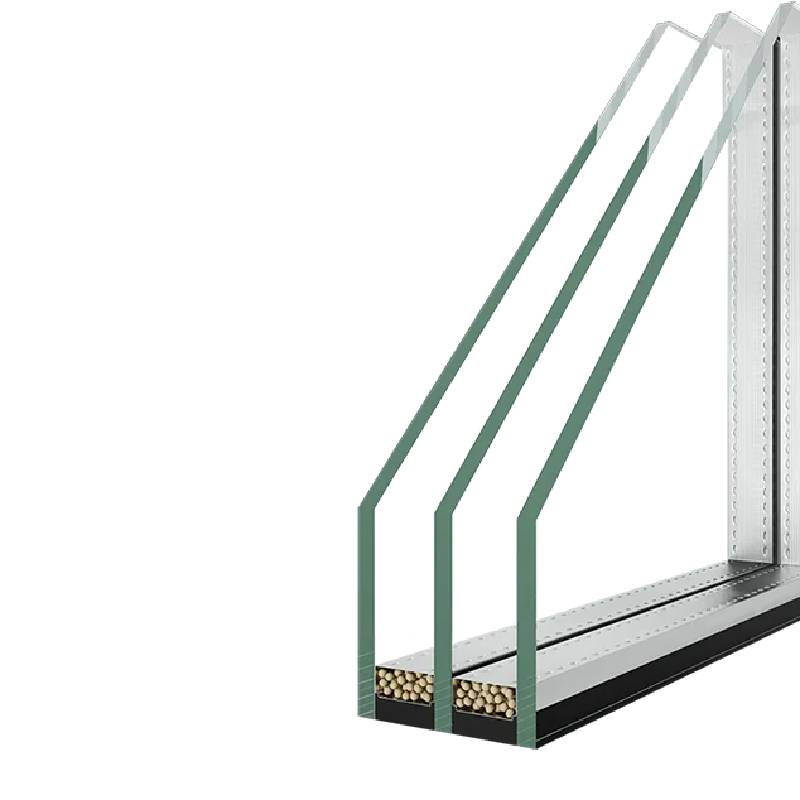

Architectural Decorative Windows Elevating Aesthetics and Functionality
Windows are more than just openings in a wall; they are fundamental elements of architectural design that blend function with artistry. Among the myriad types of windows found in structures, architectural decorative windows stand out for their ability to enhance both the aesthetic appeal and the atmospheric quality of a space. These windows serve not only the practical purpose of allowing light and air into a building but also contribute significantly to the character and narrative of architectural design.
Historical Context of Decorative Windows
The history of architectural decorative windows can be traced back to ancient civilizations, where the incorporation of windows into structures went beyond mere functional attributes
. In medieval cathedrals, for example, stained glass windows were utilized not only to illuminate the interior but also to tell stories through intricate designs depicting saints, biblical events, and moral lessons. These works of art are a testament to the belief that light could convey divine messages and inspire spirituality.During the Renaissance, the use of decorative windows evolved further. Architects like Filippo Brunelleschi and Andrea Palladio innovated designs integrating symmetry and proportion, creating windows that were not just functional but also harmonized with the overall aesthetic of the buildings. The Baroque period saw an explosion of decorative features, including elaborate moldings, ornate casings, and grand arches, making windows a fundamental aspect of the flamboyance associated with this architectural style.
Types of Decorative Windows
Today, decorative windows come in various forms, each serving distinct purposes while enhancing beauty. Stained glass windows, a continuation of medieval traditions, remain popular in both religious and secular buildings. They are crafted with colored glass pieces that are joined together, often depicting intricate designs or scenes. These windows can transform natural light into a vibrant spectrum of colors, creating a captivating effect as the light filters through.
Another prominent form of decorative windows is the geometric or patterned glass window. These often feature unique designs, geometric shapes, or frosted glass patterns that provide privacy while still allowing light to enter. These windows are commonly found in modern architectural designs, where minimalism meets creativity.

Architectural features like bay windows and oriel windows are also celebrated for their decorative qualities. Bay windows, which extend outward from the main walls, create a unique architectural projection that enhances the spatial feel of interiors, while providing additional seating or storage. Oriel windows, often found on upper floors, offer an elegant overhang that not only enhances the building's profile but also allows for panoramic views of the surroundings.
The Role of Technology in Modern Decorative Windows
Advancements in technology have ushered in a new era for decorative windows. Today, architects and designers can utilize software to create intricate designs that traditional methods couldn’t achieve. Additionally, innovations in glass-making techniques enable the production of energy-efficient, double-glazed, and smart glass windows that can regulate temperature and light without compromising aesthetic appeal. Smart glass, in particular, has become a game-changer by allowing users to adjust the tint based on sunlight, thus merging aesthetic desires with energy efficiency.
The Impact of Decorative Windows on Architecture
The integration of decorative windows into a building’s architecture serves a dual purpose it crafts an identity for the structure while enhancing the experience within. Well-designed windows can shape the ambience of a room, influencing mood and interactions. Natural light streaming through a beautifully decorated window can elevate the emotional atmosphere and promote well-being in the occupants.
Moreover, decorative windows contribute to the uniqueness of a building within its context. They can reflect the historical context of a region, echoing traditional motifs, or exemplify modern trends in design. As urban environments evolve and the conversation around sustainable architecture grows, incorporating decorative windows can help maintain an aesthetic charm while addressing contemporary needs.
Conclusion
Architectural decorative windows play a pivotal role in the interplay of light, space, and form within buildings. From their historical significance to modern technological advancements, decorative windows not only fulfill practical requirements but also enrich the architectural narrative. As we continue to explore innovative designs, the legacy of decorative windows will undoubtedly thrive, reminding us of the essential connection between functionality and artistry in architecture.